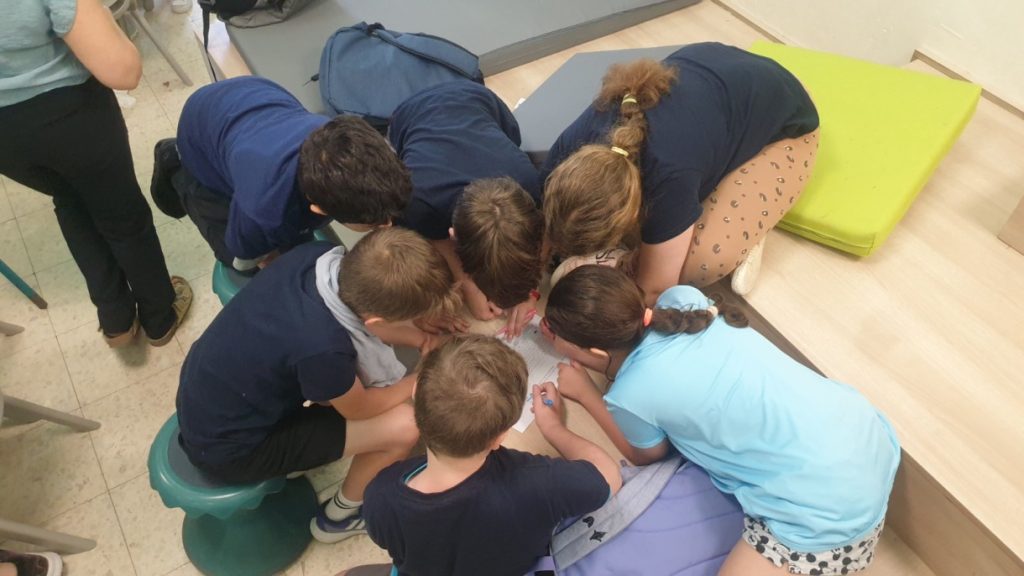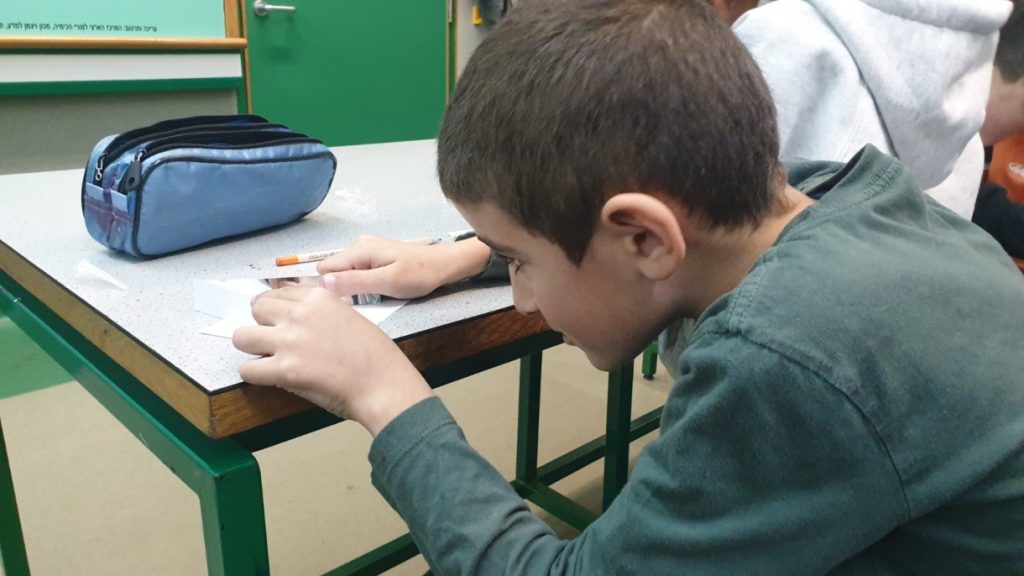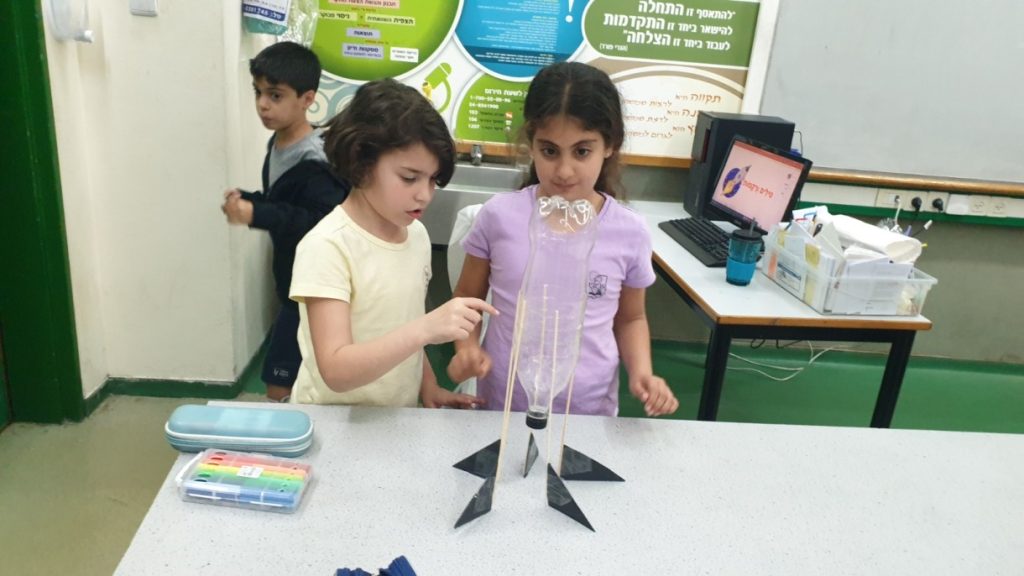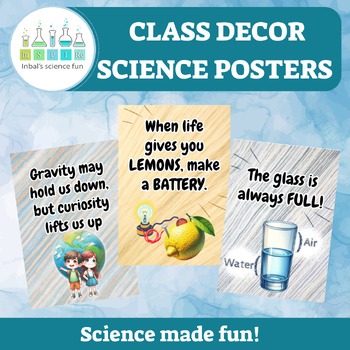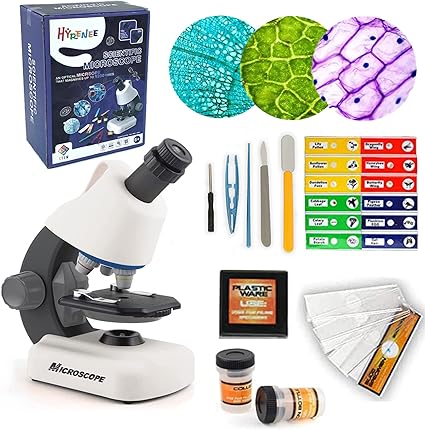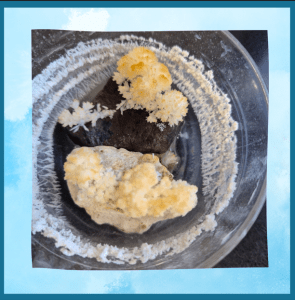Catering to Diverse Minds: Strategies for Differentiating Instruction in the Science Classroom
In today’s diverse science classrooms, one-size-fits-all teaching methods often fall short. Each student brings a unique set of strengths and learning preferences. To ensure every mind can enjoy the beauty of science, it’s essential for educators to use differentiation strategies.
In this blog post, we will explore how to teach science to diverse learning styles and abilities, fostering a more inclusive and effective learning environment.
First, it’s crucial to understand the diverse learning styles that exist within your classroom: Visual, auditory, kinesthetic, and reading/writing learners all require distinct approaches to grasp scientific concepts. Identifying these preferences is the first step in differentiating instruction effectively.
Adapting Content Delivery:
Visual Learners:
Utilize visual aids, diagrams, concept cards and infographics to make abstract scientific concepts more accessible.
Auditory Learners:
Incorporate discussions, podcasts, and verbal explanations to engage these students effectively.
Kinesthetic Learners:
Encourage hands-on activities, experiments, and interactive labs to cater to their need for physical engagement.
Reading/Writing Learners:
Provide written materials, concept cards, assignments, and textbooks, allowing them to absorb knowledge through reading and writing.
Varied Assessment Methods:
By offering a range of assessment methods, you enable students to demonstrate their understanding in ways that align with their learning styles. Consider quizzes, posters, projects, presentations, and hands-on experiments as assessment tools.
Flexible Grouping and Individualized:
consider grouping students flexibly. Pair struggling learners with more advanced students for peer support. Additionally, provide individualized instruction or supplementary resources for students who require extra assistance or challenge.
Technology Integration Leverage technology:
Educational apps and online resources can be tailored to individual students’ needs, allowing them to progress at their own pace and receive personalized feedback.
Creating a Supportive Classroom Environment:
A classroom’s environment plays a significant role in differentiation. Encourage a culture of respect and collaboration, where students are comfortable sharing their needs and preferences with you and their peers. This open communication fosters a supportive atmosphere that enhances the learning experience for all.
To sum things up, in the diverse landscape of the science classroom, differentiation is the key to inclusivity and effective teaching. By adapting content delivery, offering varied assessment methods, flexible grouping, and leveraging technology, educators can cater to the diverse learning styles and abilities of their students. The result is a more engaging and enriching science education, where every mind can thrive. Embrace differentiation and unlock the potential of all your science students.
